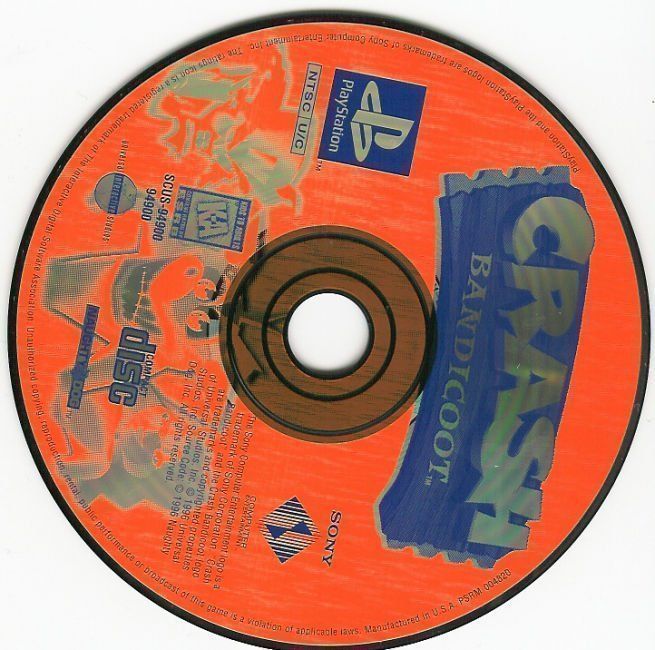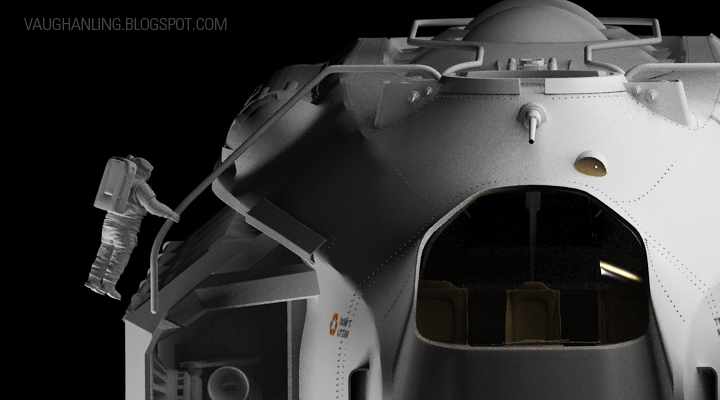| ||||||||||||||||

Downloading Nmap
- Node.js® is a JavaScript runtime built on Chrome's V8 JavaScript engine. Latest LTS Version: 14.15.0 (includes npm 6.14.8) Download the Node.js source code or a pre-built installer for your platform, and start developing today.
- Links to popular distribution download pages. Below you'll find links that lead directly to the download page of 25 popular Linux distributions.
Download the best app to communicate over video, voice, or text. Available for Windows, macOS, Linux, iOS, and Android devices.
Nmap and Zenmap (the graphical front end) are available inseveral versions and formats. Recent source releases and binarypackages are described below. Older version (and sometimes newer testreleases) are available from the dist directory(and really old ones are in dist-old).For the moresecurity-paranoid (smart) users, GPG detached signatures and SHA-1hashes for each release are available in the sigsdirectory (verification instructions). Before downloading, be sure to read the relevant sections for your platform from the Nmap Install Guide. The mostimportant changes (features, bugfixes, etc) in each Nmap version aredescribed in the Changelog. Using Nmap is covered in the Reference Guide, and don't forget to readthe other available documentation, particularly the new book Nmap Network Scanning!
Nmap users are encouraged to subscribe to the Nmap-hackersmailing list. It is a low volume (7 posts in 2015), moderated listfor the most important announcements about Nmap, Insecure.org, andrelated projects. You can join the 128,953 current subscribers (as ofSeptember 2017) by submitting your email address here:
You can also get updates from our Facebook and Twitter pages.
Nmap is distributed with source code under custom license terms similar to (and derived from) the GNUGeneral Public License, as noted in the copyright page.
Microsoft Windows binaries

Please readthe Windows section of theInstall Guide for limitations and installation instructions for theWindows version of Nmap. You can choosefrom a self-installer (includes dependencies and also the Zenmap GUI)or the much smaller command-line zip file version. We support Nmap on Windows 7 and newer, as well as Windows Server 2008 and newer. We also maintain a guide for userswho must run Nmap on earlier Windows releases..
The Nmap executable Windows installer can handle Npcapinstallation, registry performance tweaks, and decompressing theexecutables and data files into your preferred location. It also includes the Zenmap graphical frontend. Skip all thecomplexity of the Windows zip files with a self-installer:
Latest stable release self-installer: nmap-7.91-setup.exe
We have written post-install usageinstructions. Please notify usif you encounter any problems or have suggestions for theinstaller.
For those who prefer the command-line zip files (Installation Instructions; UsageInstructions), they are still available. The Zenmap graphicalinterface is not included with these, so you need to runnmap.exe from a DOS/command window. Oryou can download and install a superior command shell such as thoseincluded with the free Cygwin system.Also, you need to run the Npcapand Microsoft Visual C++ 2013 Redistributable Packageinstallers which are included in the zip file. The main advantage is that these zip files are a fraction of the size of the executable installer:
Latest stable command-line zipfile:nmap-7.91-win32.zip
Linux RPM Source and Binaries
Many popular Linux distributions (Redhat, Mandrake, Suse, etc) usethe RPM package management system forquick and easy binary package installation. We havewritten a detailed guide toinstalling our RPM packages, though these simple commands usually dothe trick:You can also download and install the RPMs yourself:
Latest stable release:
x86-64 (64-bit Linux)Nmap RPM: nmap-7.91-1.x86_64.rpm
x86-64 (64-bit Linux)Ncat RPM: ncat-7.91-1.x86_64.rpm
x86-64 (64-bit Linux)Nping RPM: nping-0.7.91-1.x86_64.rpm
Optional Zenmap GUI (all platforms): zenmap-7.91-1.noarch.rpm
Source RPM (includes Nmap, Zenmap, Ncat, and Nping): nmap-7.91-1.src.rpm

Mac OS X Binaries
Nmap binaries for Mac OS X (Intel x86) are distributed as a disk image filecontaining an installer. The installer allows installing Nmap, Zenmap,Ncat, and Ndiff. The programs have been tested on Intel computersrunning Mac OS X 10.8 and later. See theMac OS X Nmap installpage for more details. Users of PowerPC (PPC) Mac machines, which Apple ceased selling in 2006, should see this page instead for support information.
Latest stable release installer: nmap-7.91.dmg

Source Code Distribution
This is the traditional compile-it-yourself format. The Nmaptarball compiles under Linux, Mac OS X, Windows, and many UNIXplatforms (Solaris, Free/Net/OpenBSD, etc.) It includes Zenmap, theGUI frontend.
Detailed Linux/BSD/Solaris compilation instructions and options are provided here, though this usually does the trick:
Most Windows users install with our Windows executable installer, but we also provide Windows source code compilation instructions.
Download Git Bash For Mac
Most Mac OS X users install with our Mac installer, but we also provide Mac OS X source code compilation instructions.
If you are compiling Nmap anyway, you might prefer to get the very latest code from our SVN source code repository rather than downloading a tarball here.
Latest stable Nmap release tarball: nmap-7.91.tar.bz2 (or gzip compressed)
Other Operating Systems
Many other operating systems support Nmap so well that I have no needto create and distribute binary packages myself. You can choose touse the packages below, or compile the sourcedistribution, which is often newer. We have created installation pages for the following platforms:
Linux (all distributions)
Microsoft Windows
Mac OS X
FreeBSD, OpenBSD, and NetBSD
Sun Solaris
Amiga, HP-UX, and Other Platforms
Nmap Site Navigation
| Intro | Reference Guide | Book | Install Guide |
| Download | Changelog | Zenmap GUI | Docs |
| Bug Reports | OS Detection | Propaganda | Related Projects |
| In the Movies | In the News | ||
Before you begin, you’ll first need to select the distribution you want to work on. Whichever you choose will determine the kind of working environment you want. Some of them include:
- Ubuntu: One of the most popular operating systems built on Unity. It is great for new users and offers a very similar environment as macOS does.
- LinuxMint: Released in 2006, this type is more Window- like and comes in with a range of desktops (Cinnamon, Mate etc.) for Users.
- Debian: This is perfect for people working on the server side. Although, Debian is a little complicated to set up and use, but offers a lot more features than Ubuntu and Mint.
- Fedora Linux: This distro is based on various packages such as DNF, RPM and GNOME. It is not recommended for beginners because of the complex working environment.
Try to get familiar with the distribution you want to install so you don’t have any issues later. We recommend starting with Ubuntu since it is the most used and offers plenty of community support in case if you get stuck somewhere.
Installing Linux on a Mac
Yes, there is an option to run Linux temporarily on a Mac through the virtual box but if you’re looking for a permanent solution, you might want to completely replace the present operating system with a Linux distro.
To install Linux on a Mac, you’ll need a formatted USB drive with storage up to 8GB. Remember this process will wipe out your current macOS/OS X installation and there is probably a very hard chance to recover it back. Also, don’t try to run macOS and Linux on dual boot because that won’t work too.
Follow the steps for installation below:
Download Bash For Mac
- Download Ubuntu or any other Linux distro you want to the Mac. Save it in your Downloads folder.
- Now download and install Etcher, an app that will help copy the Linux installation file to your USB drive. (https://www.balena.io/etcher/)
- Open the app and click on the Settings icon. Tick on the Unsafe Mode and click on Yes, Continue.
- Now Click on SelectImage. Choose the name of the .iso file you downloaded in Step 1.
- Insert your USB Drive
- Under the SelectDrive option, Click Change. Pick the drive option that matches with your USB drive in size. If you have inserted one drive in your Mac, the option will show /dev/disk1. If there are two drives attached, there will be an option for /dev/disk2 and so on. Note that /dev/disk0 is your Mac’s hard drive. Do not select that option.
- Now click Flash to start copying.
- Remove the USB Flash Drive and Shut down your Mac.
- Now attach the USB drive on the Mac again or to any other PC you want to install it to.
- Power up the PC while constantly holding the Option key
- From the start up screen, select the EFI Boot Option
- You will see a screen with Ubuntu Installation Options that will ask you to either Try Ubuntu or Install Ubuntu. Press the letter ‘e’ to go the boot entry.
- Here, you will have to edit the boot entry. Change the line starting with Linux and add the word ‘nomodeset’ after ‘quiet splash’. It should be like this:
- Now, Press F10
- Ubuntu will start booting into trial mode
- Click on the option, ‘Install Ubuntu’
- Select your Language and Continue
- Now, select the option ‘Install this third party software’ and click continue
- Click Yes to the alert option for /dev/sdb
- Now select ‘Erase Disk and Install Ubuntu’ and click on continue
- Make sure you select the main hard drive and click on Install Now.
- Select your location and then click on continue
- Choose your keyboard layout and click on Continue
- Add a name and Password that you want to use
- Click on Continue and your Linux Distro will start installing
- Once the installation is finished, you will be asked to restart your Mac
- Now, login with your name and password to start using Ubuntu.
Bash On Mac Os

Bash 3.2# Mac
Note: During the installation process, we used the entire hard disk for Ubuntu in step 20, which means your MacOS will be permanently deleted. If you want to keep the MacOS, you will have to make disk partitions, a small 8GB partition and a larger 1000GB for Linux. You can also go to Disk Utility to create proper partitions before you start installing Linux. Have a look here (https://linuxnewbieguide.org/how-to-install-linux-on-a-macintosh-computer/)